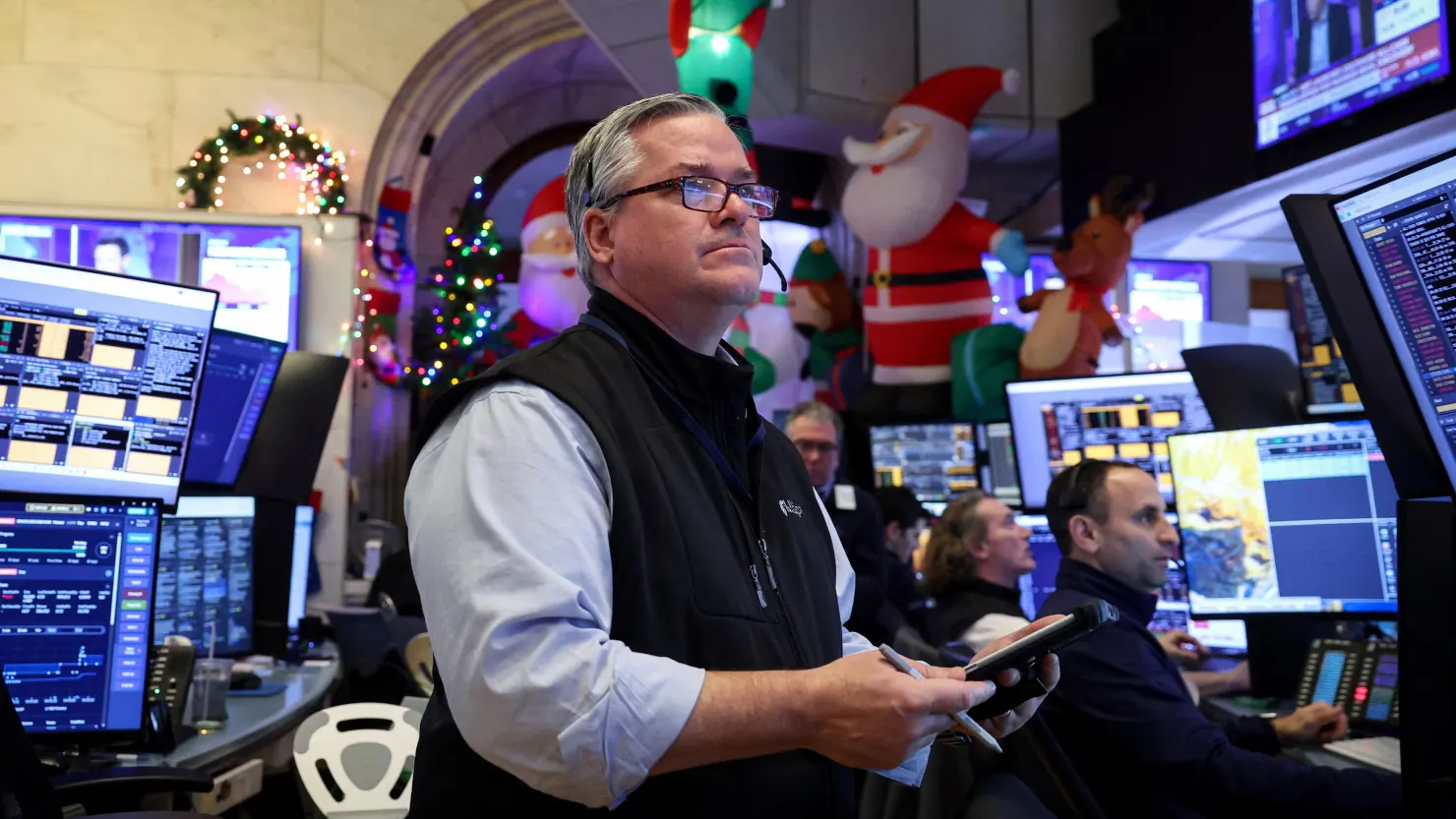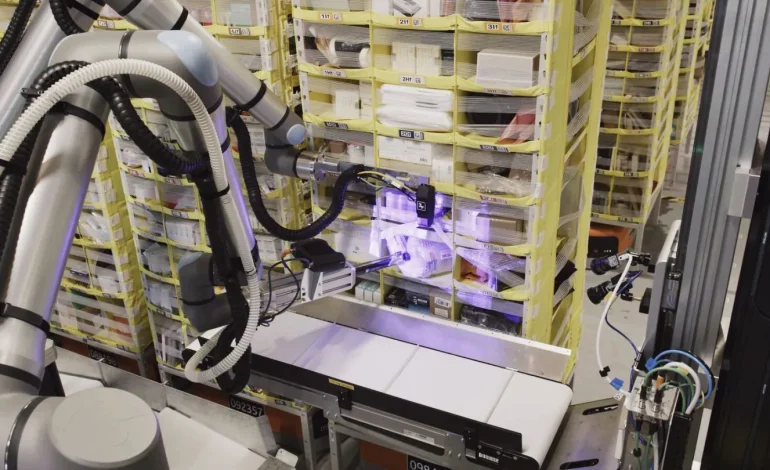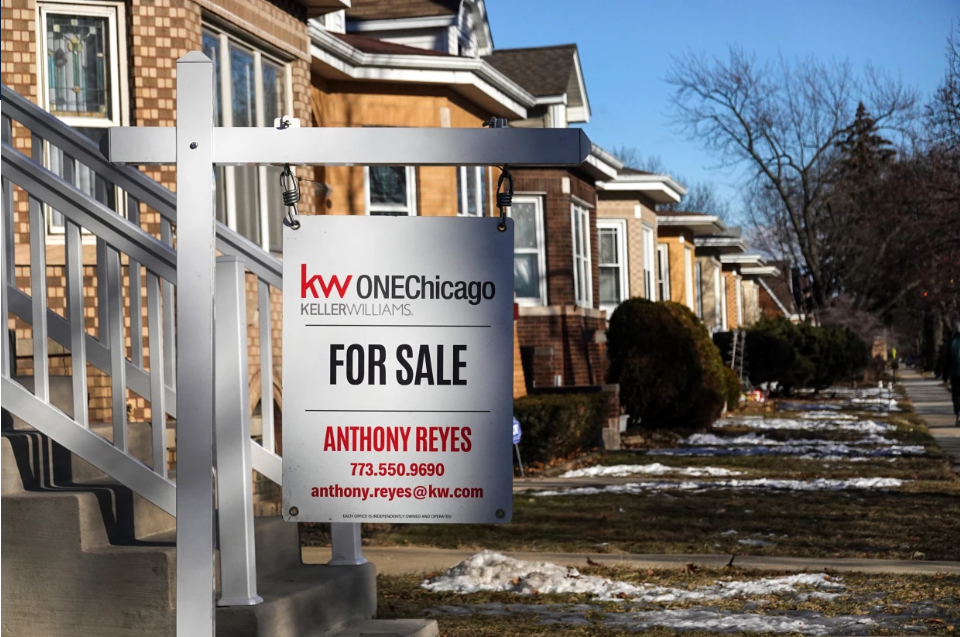CNN, Fortune, and BBC contributed to this report.
Monday’s AWS meltdown was a reminder that a few cloud giants now prop up huge chunks of daily life. Doctor bookings stalled, banking apps hiccupped — even smart mattresses had a mind of their own. Annoying, sure. But imagine that same outage when AI agents are doing triage, approving payments, coding software, and running warehouses.
Here’s the worry: the internet’s backbone is concentrated. AWS holds ~37% of cloud market share, and along with Microsoft and Google controls about 70%. Most organizations are racing into AI — 78% now use it somewhere — because the heavy compute lives in the cloud. That makes outages a single point of failure.
Experts say the risks grow as companies offload more critical decisions to AI. Models are power-hungry, data centers are stretched, and when the cloud blips, performance does too. Meanwhile, Big Tech is pitching a near-future where AI “agents” handle more of our work — meaning schools, hospitals, and banks could be even more exposed.
It’s not all doom. Resilience is doable:
- Multi-cloud setups to avoid one-vendor lock-in.
- Challengers like Oracle and CoreWeave nibbling at AI workloads.
- Own-data centers from model makers (Meta, OpenAI) to spread the load.
- Smaller, on-device models to keep some AI running when the cloud doesn’t.
- Policy nudges: regulators (hello, UK CMA) weighing tougher competition rules; governments could require redundancy for critical sectors.
Monday was a preview. As AI becomes essential infrastructure, reliability and diversification move from nice-to-have to non-negotiable. The tech can make the net sturdier — if we build it that way.










The latest news in your social feeds
Subscribe to our social media platforms to stay tuned